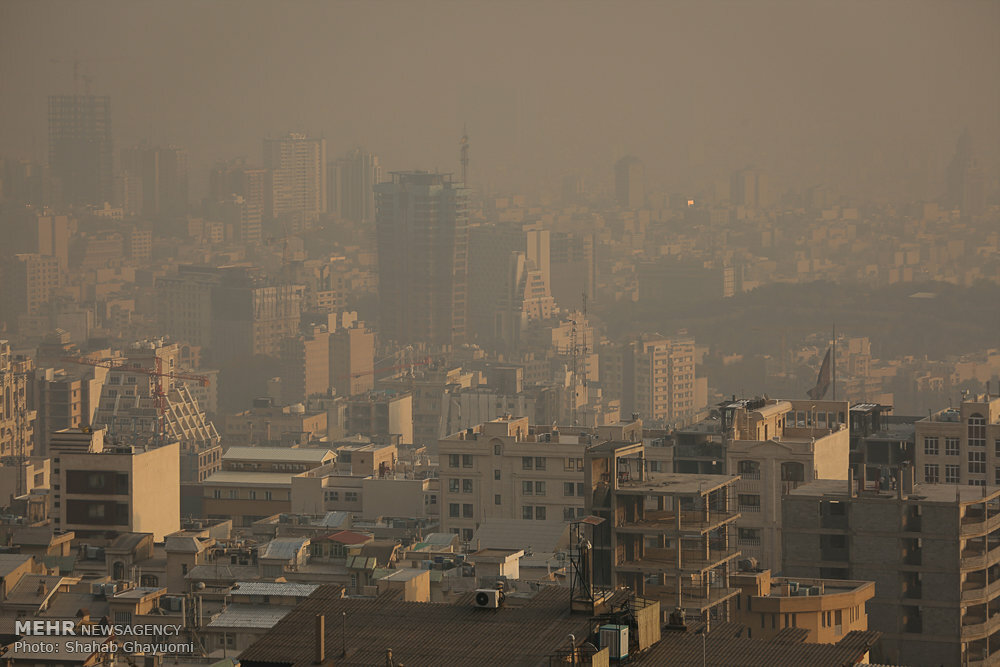Clunker, diesel cars elimination, gasoline vapor cut effective solutions to curb ozone pollution

TEHRAN – Due to an increased concern about the influence of ozone emissions on human health and on the capital’s air quality, notably gasoline vapor emissions at petrol stations must be reduced, clunker cars should be scrapped and diesel vehicles also have to be discarded, Tehran Air Quality Control Company caretaker said.
Gasoline vapors contain volatile organic compounds, which harm human health and contribute to ozone pollution.
Ozone in the lower atmosphere is formed by the reaction of sunlight on air containing hydrocarbons and nitrogen oxides (NOX) that react to form ozone directly at the source of the pollution namely, cars, industry, gas vapors, chemical solvents, fuel combustion.
Although, cars by themselves do not generate ozone, toxic emissions of oxides of nitrogen is released by diesel cars during fuel combustion in an engine, which contributes to ground level ozone raise, ISNA quoted Hossein Shahidzadeh as saying on Monday.
Referring to the considerable increase of ozone pollution in the capital since past two years, he explained that on the one hand ozone measuring devices are much more precise than those used years ago, on the other particulate matter concentration has reduced in Tehran and with better air quality the air is more exposed to sunlight which leads to increased ozone emission.
He further noted that yet the amount of ozone over the capital is not worrisome, adding that petrol stations contribute a remarkable share to the total Volatile Organic Compounds (VOC) emissions, Hydrocarbon vapors are known as ozone precursors and they contribute in the formation of summer smog.
In past recent years, a scheme to reduce these emissions have been launched for the petrol station, through which a system was installed to separate organic vapors from air and off-gases in the stations, however, the scheme is developing at a low pace.
To curb VOC emissions, the scheme must pace up to facilitate the whole chain distribution from the refinery to the tank farm, to the petrol station and during car refueling, he highlighted.
Pointing out that clunker cars and motorcycles are the other sources of VOC pollution and increased ground level ozone, he added that these vehicles should be eliminated to reduce ozone pollution.
Referring to the recent debates on the production of diesel cars by the country’s car manufacturing companies, he insisted that production of these engines will speed the pollution in Tehran, as they produce NOX and ozone.
All the efforts made so far to contain the capital’s air pollution will become ineffective with the production of diesel cars, so, the responsible organizations must be so careful to issue licenses in this regard, he lamented.
Since the beginning of the current Iranian year (March 21), Tehran air quality has been unhealthy for sensitive groups for 4 days due to high rate of ozone emissions, according to the Tehran Air Quality Control Company.
Last year, 28 days were reported to be polluted for sensitive groups in Tehran, while ozone pollution were to blame for messy air for 15 days of the total 28 unhealthy days.
According to World Health Organization, 4.2 million deaths every year as a result of exposure to ambient (outdoor) air pollution and 91% of the world’s population lives in places where air quality exceeds WHO guideline limits.
FB/MQ/MG
Leave a Comment